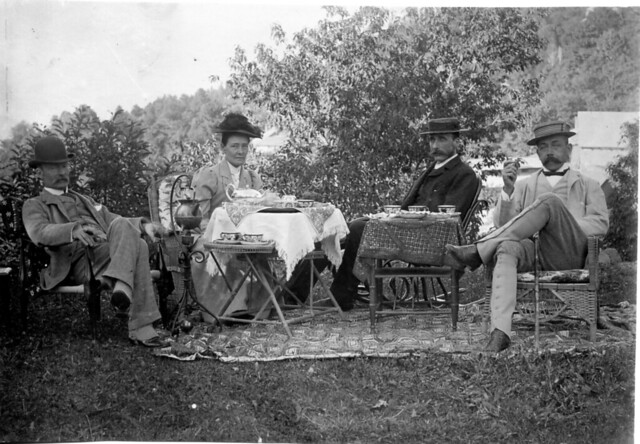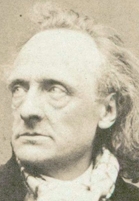What is a morning room?
- Room used for luncheons. In the latter 19th century, the room became a space in which the ladies, Mrs. Harris in particular, would spend the duration of the morning doing their “work.” The work that was enacted included handcrafts such as embroidery and sewing, letter and journal writing, as well as giving daily direction to the servants. Because the “work” of the day was to take place in the morning, it was socially understood that visits to or from friends ought to be short: hence the array of uncomfortable small chairs which can be found in the room. The morning room in Eldon House faces west, which in some Victorian homes was deliberate; there was an assumption in that period that morning sunlight was harmful to the skin, and so the “morning” room’s location tended not to face east. Source
What furnishings would be considered luxurious and artistic?
- Heavy mahogany and rosewood furniture symbolized prosperity, while elaborate tapestry cushions made their debut on dining room chairs and armchairs, providing comfort and luxury. Marble fireplaces were the focal point, and guests dined beneath crystal chandeliers in dining rooms, which were often decorated with patterned wallpaper featuring greens, browns or pastel colors. Birds in gilded cages and dado rails were fashionable accessories. source
Afternoon Tea and High Tea are two different types of events. Afternoon Tea, also known as "low tea", is usually taken in the late afternoon. It was called "low tea" because it was usually taken in a sitting room or drawing room where low tables (like a coffee table) were placed near sofas or chairs.There are three fundamental types of Afternoon Tea:
Cream Tea (tea, scones, jam and cream)
Light Tea (tea, scones, and sweets)
Full Tea (tea, savories, scones, sweets and dessert)
High Tea, also referred to as "meat tea", is typically of a heavier consistency, such as adding soup and salad to the menu.
Today, tea rooms serve a variety of tea courses purposely in this order: Scones (with jam and Devonshire or clotted cream), Savories (tiny sandwiches or/ and appetizers), soup, salad and pastries (cakes, cookies, desserts)
The traditional time for afternoon tea is four o'clock. Today, most hotels and tearooms in North America serve from three to five o'clock with the hours often stretched slightly in either direction. Along with a choice of teas, there are three distinct courses:
- savones (tiny sandwiches) first to blunt the appetite,
- then scones, and finally,
- pastries.
- The tea tray and china tea set are placed at one end of the table.On the right, set out the necessary number of cups and saucers and teaspoons to accommodate your guests.Plates, flatware, and tea napkins are placed on the left.Platters of refreshments can include tea sandwiches in fancy shapes, various kinds of nut breads, cakes, pastries, and cookies.
- Henry Litoiff


No comments:
Post a Comment